Glacier Country is known for its big blue skies and endless views, but the view doesn’t stop when the sun goes down. While Glacier National Park is internationally recognized as a Dark Sky Park, all of Western Montana’s dark skies deliver a stellar show night after night. We’ve got observatories across the region and plenty of places to camp and stargaze or just lay out a blanket and explore the cosmos in awe.
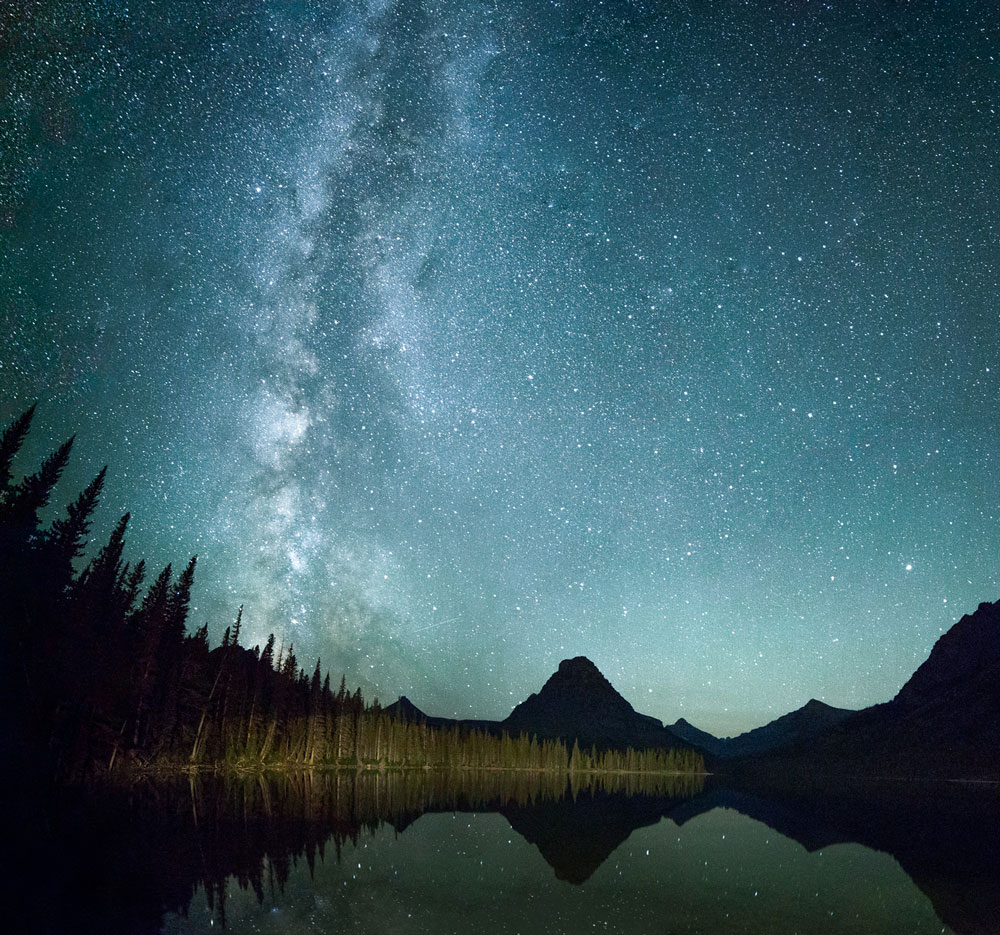
GLACIER NATIONAL PARK + STAR DOME AT ST. MARY
Discover the magic of Glacier National Park, one of 26 internationally recognized Dark Sky Parks, and the first to span an international border into Waterton-Glacier International Peace Park. The park’s minimal light and air pollution make it an ideal spot for stargazing. Set up camp next to a glacial lake, cozy up by the fire and marvel at the unparalleled night sky. You may even spot a shooting star.
You can also head to the east entrance of Glacier National Park and visit the Dusty Star Observatory in St. Mary. Equipped with a 20-inch telescope, the largest in Montana, it offers stunning high-resolution views of planets, galaxies and nebulae, or view the images on one of two 55-inch monitors mounted on the observatory.
Join the Half the Park Happens After Dark program for guided viewing and star parties from June through September on clear nights at rotating locations. Can’t make it to an in-person astronomy program? Check out the Dusty Sky Observatory’s “all-sky camera” online for a 360-degree view of the night sky created each morning after sunrise.
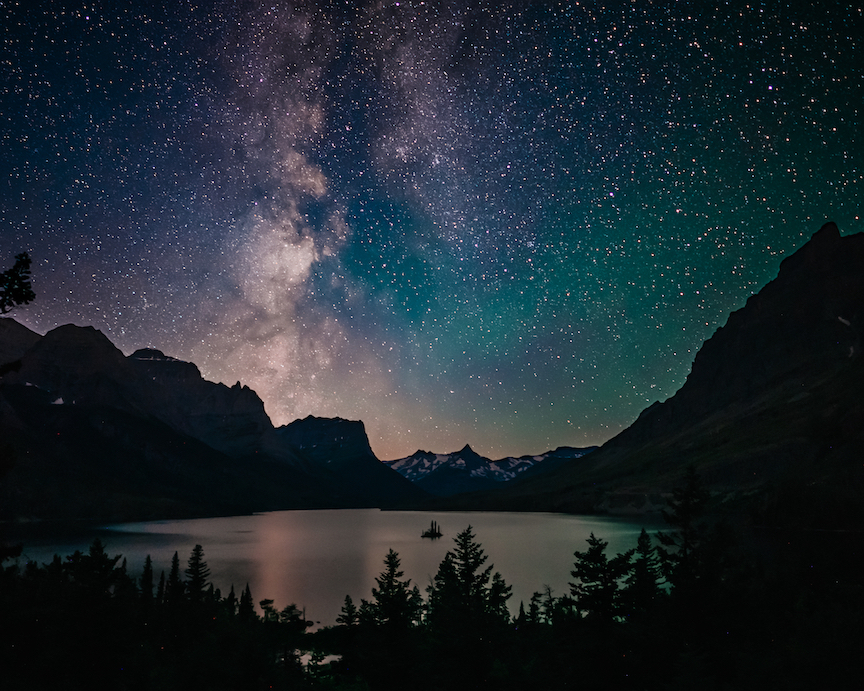
STAR GAZING ROOM: PAYNE FAMILY NATIVE AMERICAN CENTER
Visit the University of Montana campus in Missoula to explore the Star Gazing Room at the Payne Family Native American Center. Public stargazing shows cover constellations, planets and upcoming celestial events, along with unique topics from star lore to the evolution of our universe.
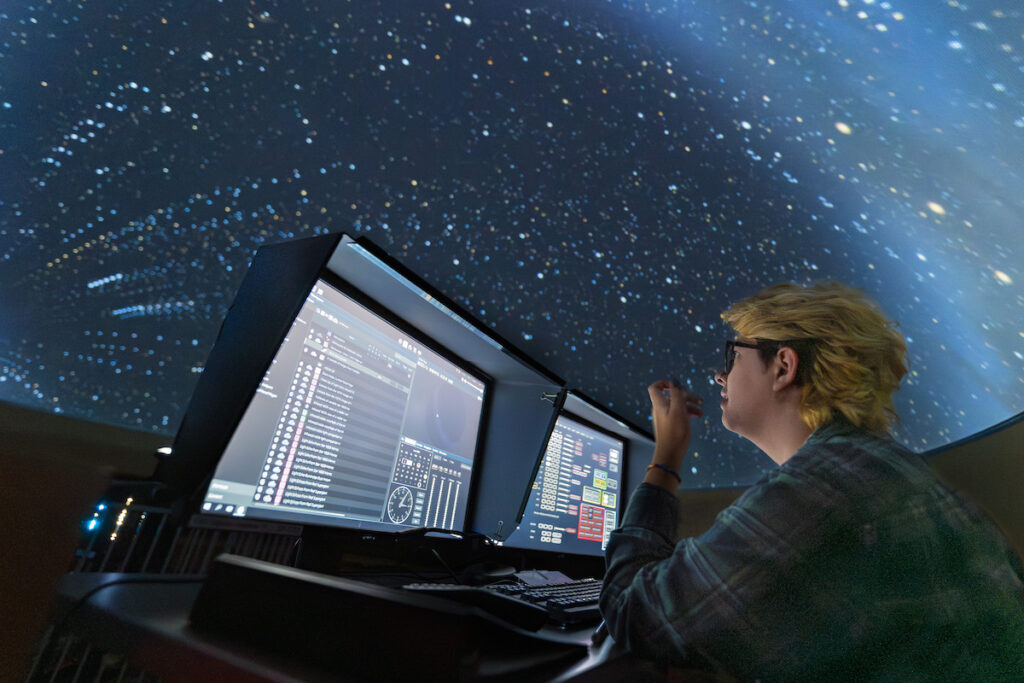
BLUE MOUNTAIN OBSERVATORY
Located 45 minutes from downtown Missoula, the Blue Mountain Observatory offers minimal light pollution and stunning views at 6,300 feet. Attend a public observation night to explore planets, star clusters, distant galaxies and nebulae. You’ll also learn how to spot celestial objects with binoculars or the naked eye. Bring a blanket and bundle up—a treasure trove of stars and incredible views of the Milky Way await.
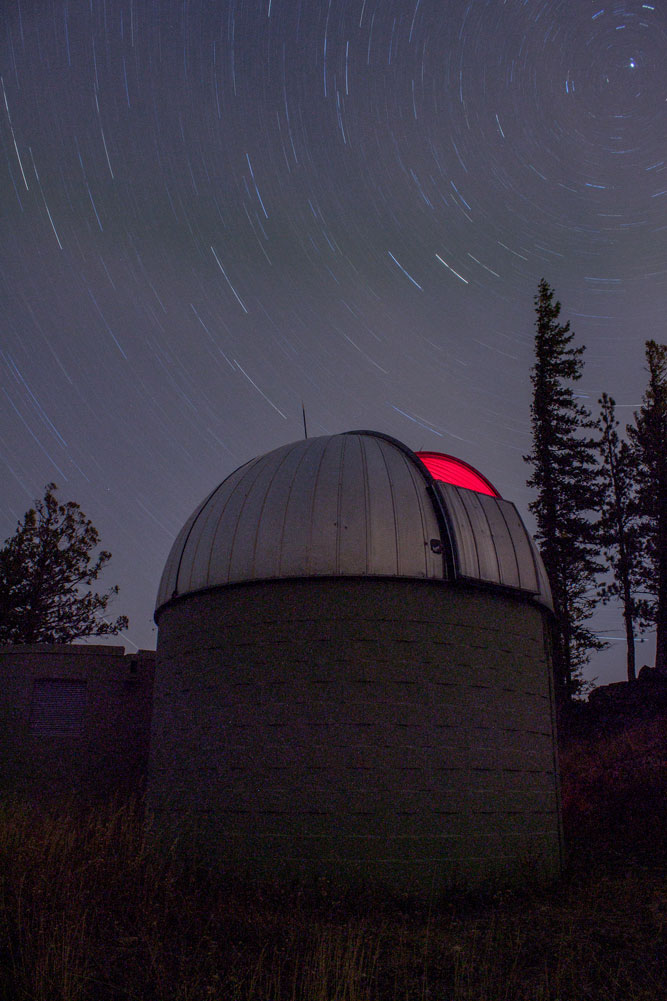
LOST TRAIL NATIONAL WILDLIFE REFUGE
Due to its isolated (but also accessible) location, Lost Trail National Wildlife Refuge serves as a certified Dark Sky Sanctuary and features amazing nighttime skies. Enjoy the sounds of nocturnal wildlife, including bats, owls and amphibians, while marveling at the cosmos. This setting offers a unique place to stargaze while listening to nature’s symphony.
SIGHTING OPPORTUNITIES
Northern Lights: You can sometimes view the northern lights in Western Montana. Glacier National Park, the Northwest Corridor, the Seeley Swan Corridor and the East Glacier Corridor are prime viewing areas. For a picture-perfect experience head to Glacier National Park, or travel just a bit out of town on one of our scenic travel corridors. The northern lights are most active between September and March.
Tips for Spotting the Northern Lights
- Download the Aurora Forecast app from the App Store.
- Get as far away from city light pollution as possible, find a wide-open spot, and choose a clear, cold night between September and March.
- The brighter the moon, the harder it will be to see the northern lights. Check the lunar cycles and look for them during a new moon.
- The northern lights are best seen when the K-index—the level of geomagnetic activity—is high, so monitor K-index levels
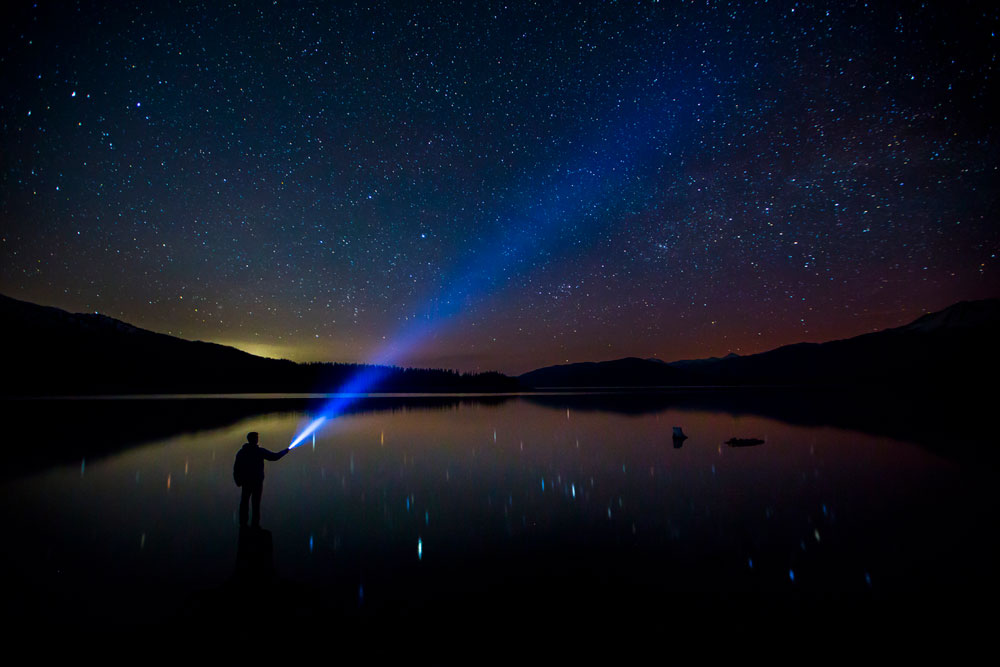
Harvest Moon: Come pay homage to Western Montana’s farming roots and join us in celebrating the fall harvest and harvest moon. Find information on upcoming full moons here.
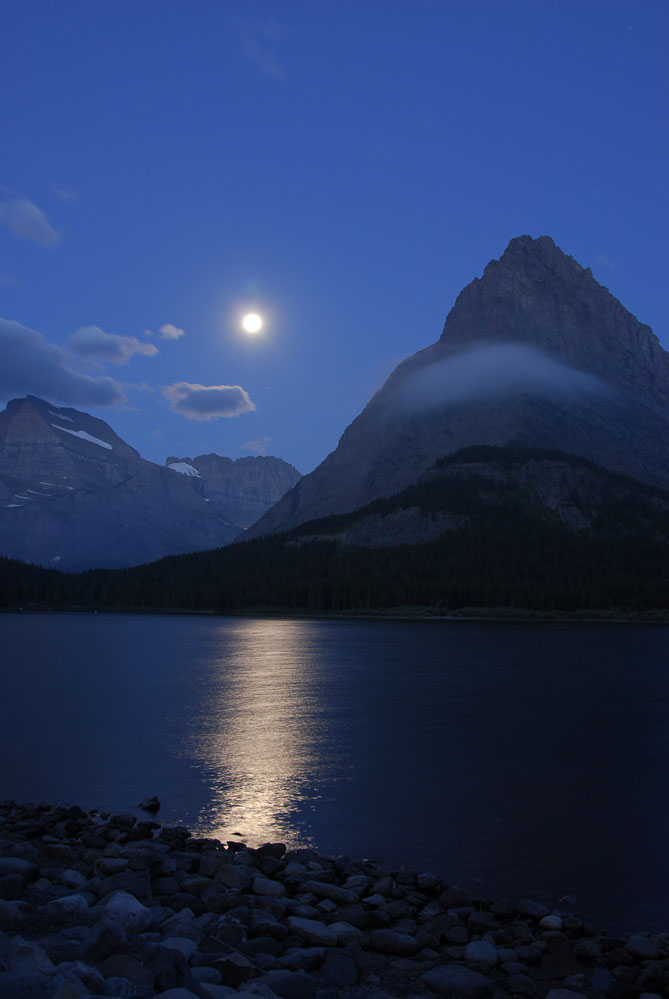
ASTRONOMY CLUBS IN WESTERN MONTANA
Big Sky Astronomy Club in Kalispell hosts public events and offers stargazing information and online tools. Western Montana Astronomical Association in Missoula provides a Clear Sky Chart of the area and other helpful stargazing resources.
Please note: We ask that all our visitors and residents Recreate Responsibly by being mindful of the following: know before you go; plan ahead; play it safe; leave no trace; tread lightly; and help build an inclusive outdoors.
July 15, 2024
Related: East Glacier Corridor, Events, Family Fun, Glacier National Park, Kalispell, Marion, Missoula, Montana, Northwest Corridor, Outdoor Fun, Seeley-Swan Corridor, St. Mary, Vacation


Comments